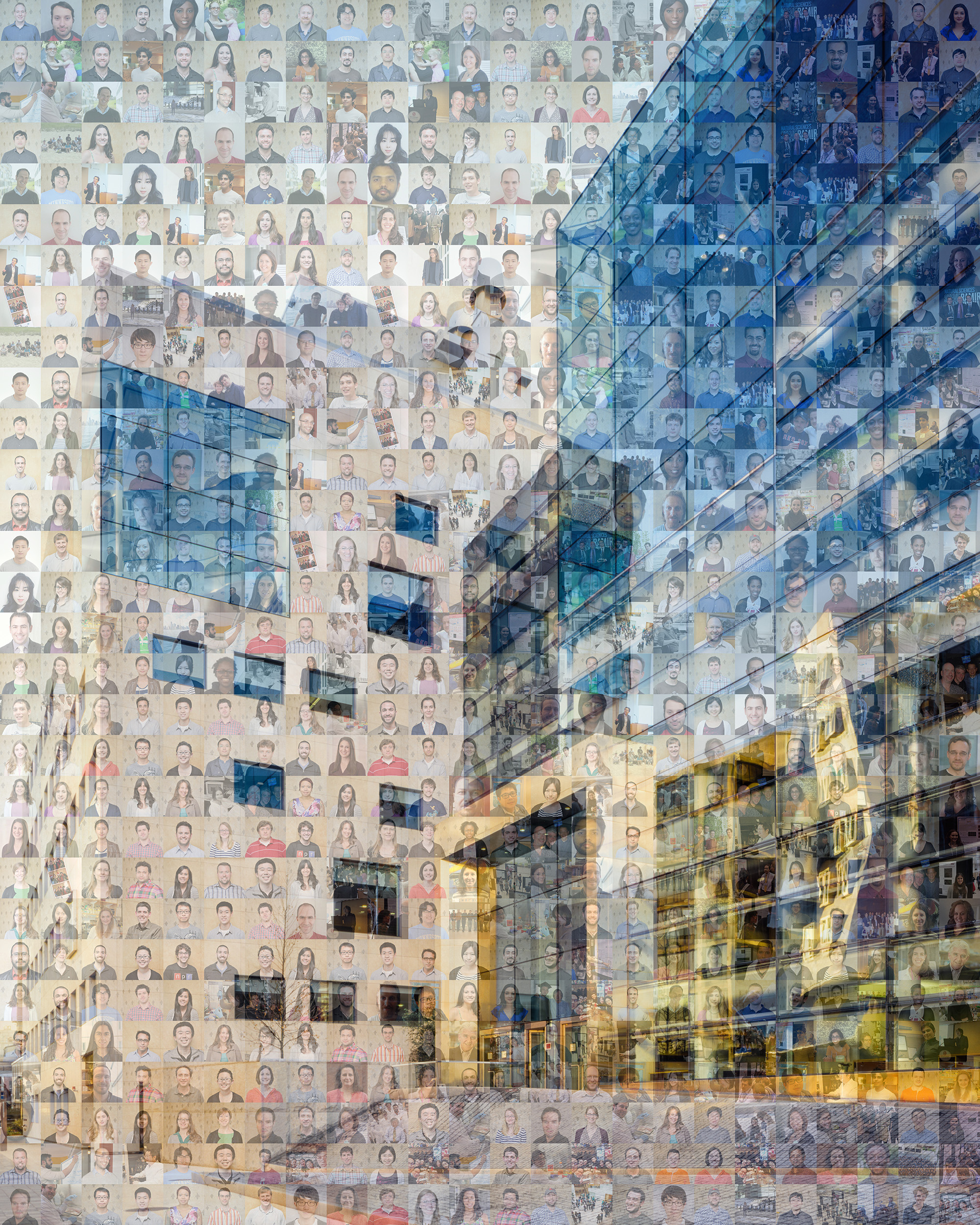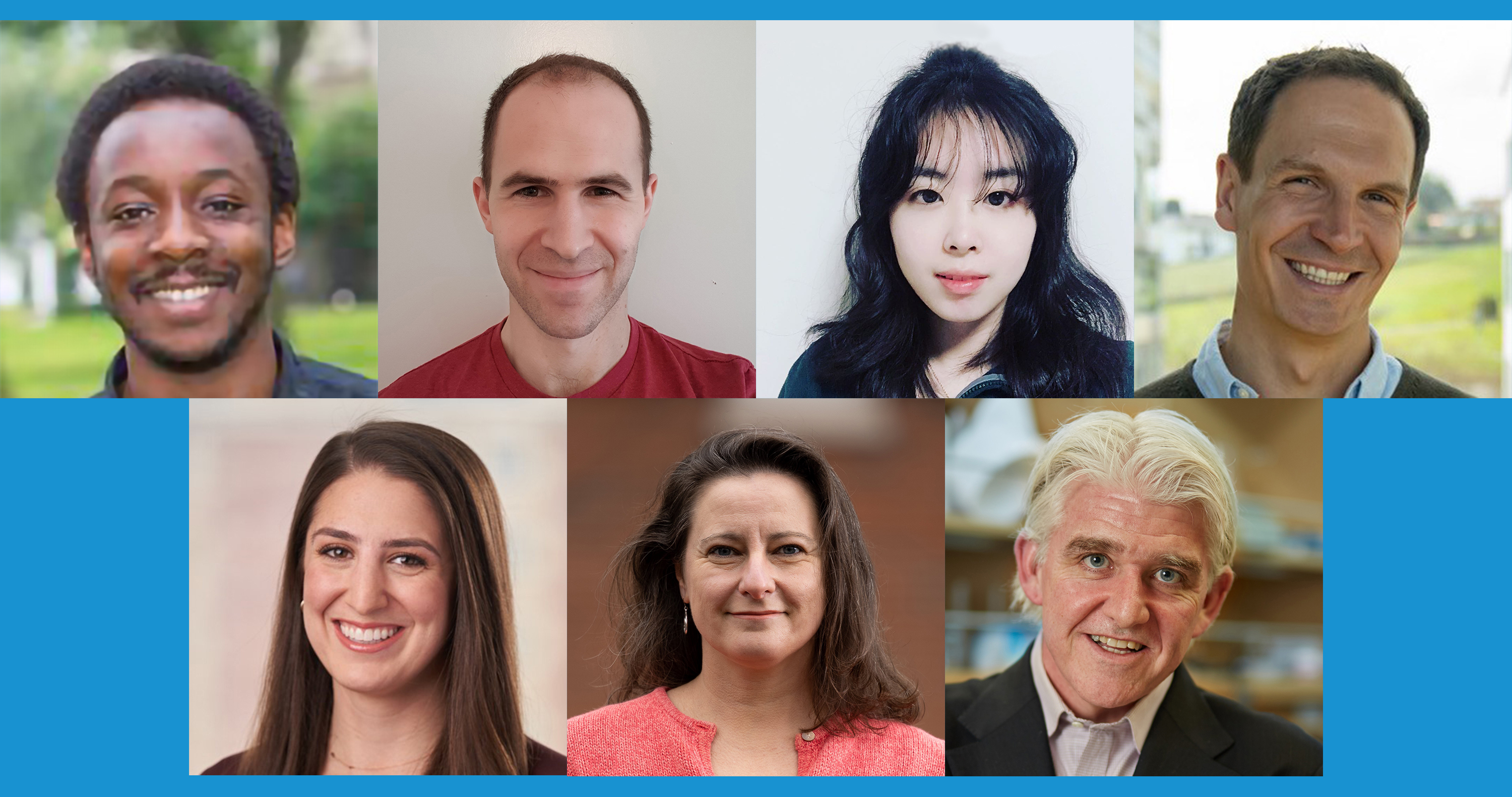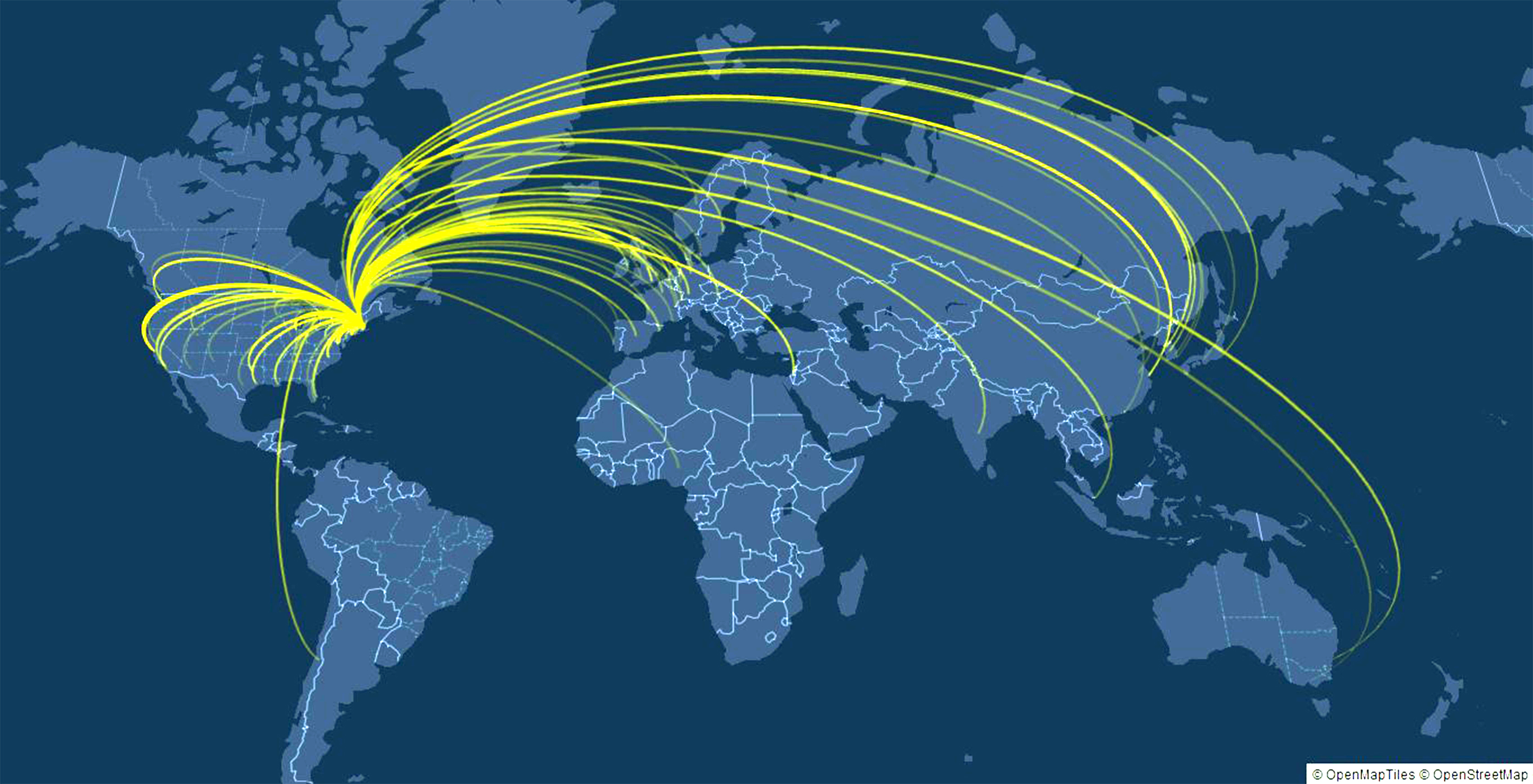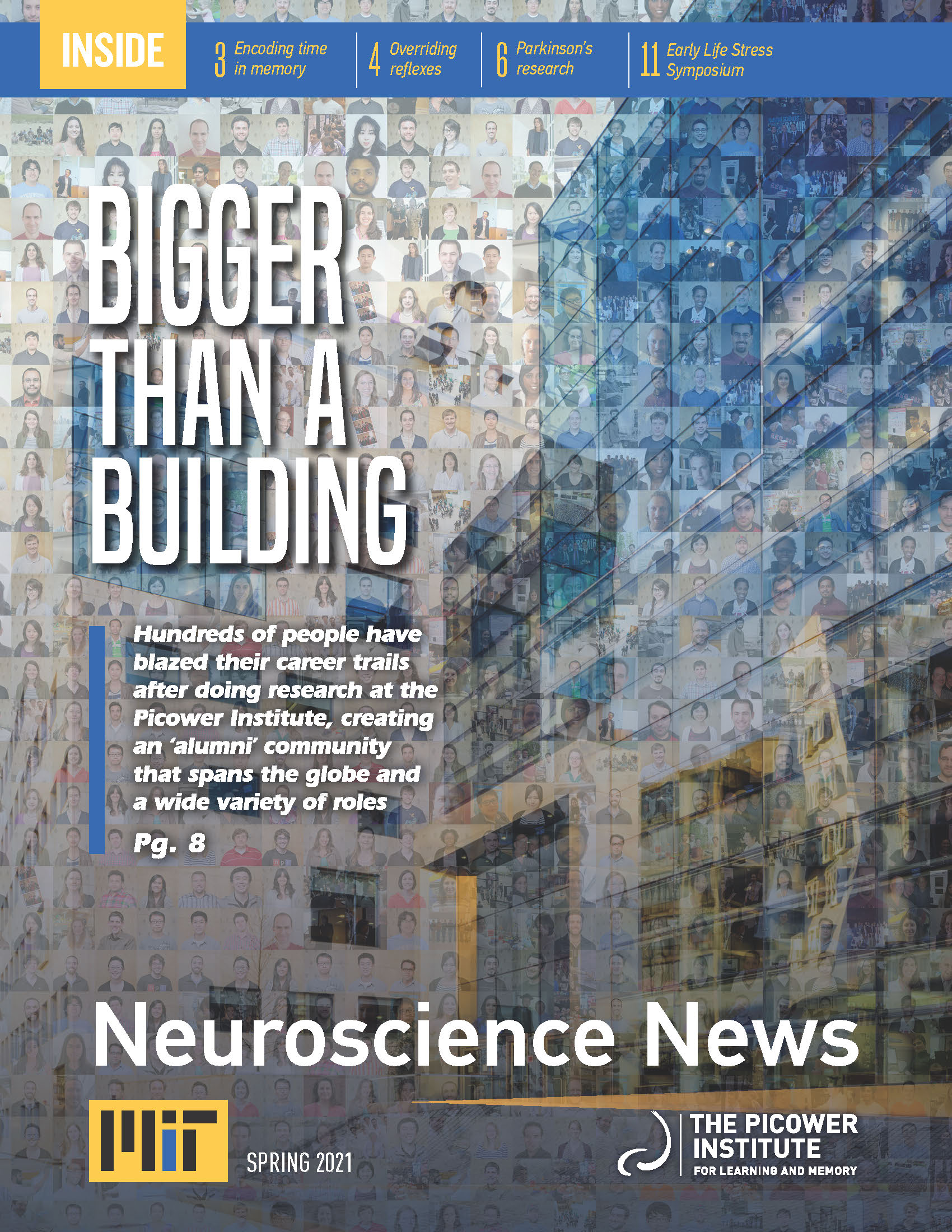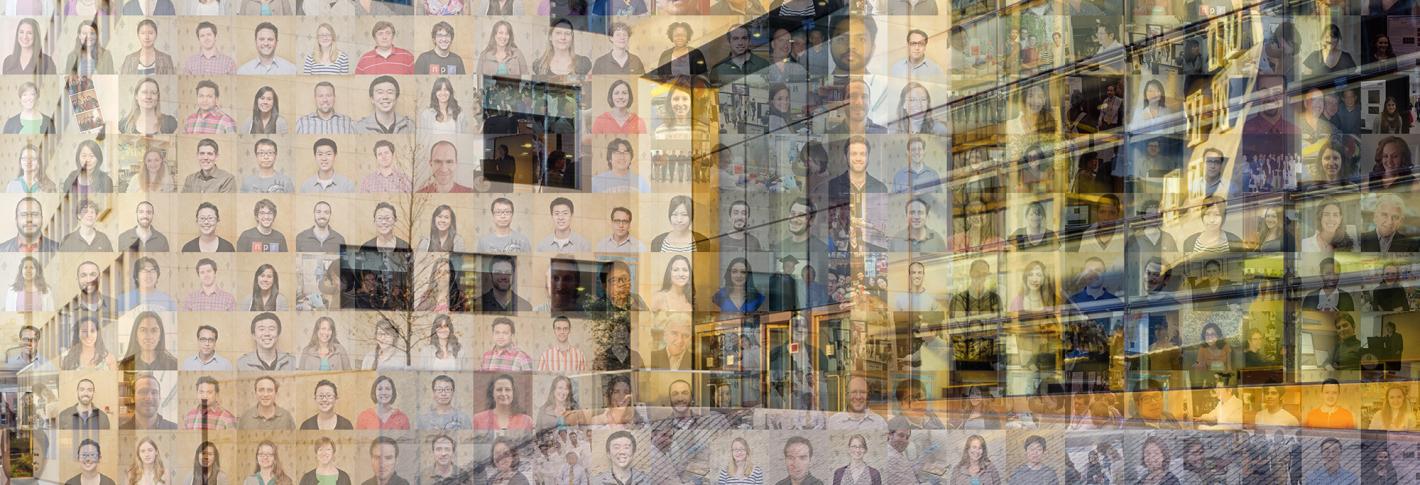
When our "About the Institute" statement begins with the words “The Picower Institute is a community of scientists…” we aren’t just referring to people currently at MIT. We are also thinking of hundreds of Picower alumni and former research staff who, our first-ever census shows, can be found across the country and around the globe. After all, virtually every Picower discovery or innovation arises from the essential contributions of people who after gaining training in Picower labs then continue to shape the future in myriad ways in their diverse careers. The impact of the institute, therefore, lives in its people, not just its published papers.
“It’s a pleasure and a privilege to be at the Picower Institute for many reasons,” said Picower Professor and Institute Director Li-Huei Tsai. “At the top of the list is the chance to know and work with brilliant and dedicated researchers who after making an impact here go on to keep advancing the field and changing the world. We cherish these relationships and celebrate their progress and achievements.”
We sought to include not just formal MIT alumni, but all manner of people who have worked in our labs—research scientists, postdocs, graduate and undergraduate students and technicians—to advance the study of the brain in health and disease. Each person in that large and growing group numbering at least 440 men and women has advanced neuroscience knowledge and, in turn, has been shaped as a scientist by being here.
“What really is unique about the Picower, and MIT in general, is the collection of talent and excellence, from the students to the postdocs up to the faculty,” said Thomas McHugh, a team leader at the RIKEN Center for Brain Science in Wako Japan. “The quality of advice, collaboration and motivation that provides is very special and hard to duplicate.”
In 1994 McHugh became one of the very first graduate students and then postdocs at MIT’s Center for Learning and Memory, which then became the Picower Center in 2002. Working in the labs of Picower Professor and institute founder Susumu Tonegawa and Sherman Fairchild Professor Matthew Wilson, McHugh helped pioneer MIT’s genetic and electrophysiological studies of memory, and continues groundbreaking investigations of that most essential of brain functions in his own lab today.
“Throughout my career the questions, techniques and approaches to science I have pursued all have their roots in my training with Susumu and Matt,” he said.
Though Jingxuan Fan is a much more recent Picower alumna at a much earlier stage of her career, the first year graduate student at Harvard University says she, too, takes inspiration from her time at MIT. Studying the circuit mechanisms controlling innate social behaviors as an undergraduate researcher in the lab of Associate Professor Gloria Choi helped to kindle her love of neuroscience.
“The time at BCS/Picower really helped me in figuring out my career passion and developing my scientific skills,” she said. “I came to the Choi lab with zero experience in neuroscience. I am grateful for the huge amount of mentorship I got from my direct mentor Jeong Tae [Kwon] and also Gloria.”
Many roles by many routes
The Picower Institute alumni community grows every time a Picower person throws a mortarboard into the late spring air or finds an exciting next job, be it in Cambridge or Copenhagen. The roles they’ve taken on span a diversity of endeavors.
According to our analysis, the majority of 315 former Picower doctoral students and postdocs have continued in academic and medical research. At least 108 now work as professors at universities and medical schools, training a next generation.
Among them is Ania Majewska, a professor of neuroscience at the University of Rochester Medical Center. As a postdoc in the Picower Institute lab of Newton Professor Mriganka Sur, Majewska studied how certain neural connections in the visual cortex, or synapses, remodeled their structure, a key mechanism of how the brain adapts and learns, a phenomenon called “plasticity.” In her Rochester lab she studies the interactions of neurons and other brain cell types called glia in development, plasticity and disease.
Demba Ba, now an associate professor of electrical and bioengineering at Harvard, was a graduate student at MIT and a postdoc in the lab of Edward Hood Taplin Professor Emery N. Brown. His postdoctoral research involved creating new time frequency representations of measurements of neural activity such as EEGs and electrical spiking. With Brown, an anesthesiologist, he applied these advances to understanding how these measures change in people under general anesthesia, which can improve patient care. At Harvard his research and teaching focus on statistical analysis, signal processing and optimization with continued applications to neuroscience and other fields.
Ba said that the ability to readily pair his theoretical work with experimental applications was a valuable feature of his work at MIT.
“My time at Picower helped me to learn how to work with experimentalists, and to work on theory/computational problems that can have an impact,” he said.
And at the Ecole Polytechnique Fédérale de Lausanne in Switzerland, former Tsai lab postdoc Johannes Gräff is now an associate professor studying how “epigenetics,” or factors affecting the physical process of gene expression, may contribute to susceptibility to post-traumatic stress disorder and how psychological interventions might help patients overcome persistent traumatic memories. At MIT he studied epigenetics in the context of Alzheimer’s disease, finding in 2012 that specific epigenetic changes amid the disease created a “blockade” of gene expression that hindered memory recall.
Many former postdocs and doctoral students—at least 98 by our count—are making contributions to biomedical innovation by working in industry, for instance at biotech, medical device and pharmaceutical companies.
Nate Cermak, a former postdoc in the lab of MIT Associate Professor Steven Flavell, is a neuroengineer at the Silicon Valley company Neuralink, which is developing a high-bandwidth, implanted brain-computer interface. BCI devices can help people with disabilities such as paralysis control computers and robots directly with their brain, improving ability and restoring independence.
Meanwhile, Lea Hachigian, a former doctoral student in the lab of Associate Professor Myriam Heiman who studied how specific neurons become vulnerable amid Huntington’s disease, has helped to found four companies as a biotech investor at the Boston-based Longwood Fund. She also serves as the CEO of one of them, ImmuneID, a firm focused on precision immunology approaches to allergy, oncology and autoimmunity.
“We invest in startup therapeutics companies working on cutting-edge biology,” she said. “We also work directly with academics to start companies around their research to translate interesting findings into potential drugs for patients with severe disease.”
Though the most popular destination among former Picower doctoral students and postdocs is the metro Boston area—approximately 88 have stayed in Massachusetts—the Picower alumni community in total spans at least 26 U.S. states and 23 countries on six continents.
Picower perspectives
Everyone’s experience at Picower is unique and as their careers advance, alumni and former research staff attain an additionally unique perspective for reflection on what made their time here special. Among the sampling we interviewed, however, some clear themes emerged. They paint a picture of a place—both Picower specifically and MIT at large— where a strong sense of optimism, meaningful mentoring, and the eager collaboration of a close-knit community all combine to create a culture that encourages research and personal growth.
“There was a tremendous feeling of possibility at MIT,” Majewska said. “Anything was possible and it made me think big and not be afraid of trying new things. My mentor, Mriganka Sur, really embodies the idea of going wherever the science takes you and I will be forever grateful to him for teaching me to embrace new directions and dive into the unknown.”
Gräff recalls a similar “can do” optimism: “The overall atmosphere at the Picower was that of an enabling one. A ‘Yes, we can’ mood. The facilities, resources and people there are all excellent, and very inspirational. In my own lab, I try to convey this culture as well, by having enough resources and by encouraging people to not shy away from difficult questions and projects.
“I remember having an idea that I proposed to Li-Huei when I ran into her in the hallway,” he said. “It was an important question, but it was also clear to me that it wouldn’t be trivial to answer it. In other words, it would require a lot of energy and time to answer this question.”
Without reservation, Tsai readily offered encouragement to “Just do it,” Gräff said. “One year later, we had the answer to the question, and this ended up being an entire figure in our 2012 Nature paper.”
McHugh, too, said he carries his inspiration from working with Tonegawa and Wilson through to his own lab: “The atmosphere at the Picower was one of excellence and established a standard that I aspire to.”
Encouragement from their faculty mentors left important impressions on Cermak and Hachigian as well.
“Steve’s lab, I think, was exceptional, both for his engagement in the research itself and his investment in supporting those in the lab,” Cermak said. “The latter trait is all too rare in academia.”
Hachigian said Heiman helped her to gain crucial skills for her career as a scientific investor and entrepreneur—specifically a knack for rigorously and critically assessing biological data and an ability to clearly communicate science to broad audiences.
“One of my fondest memories of Picower was when I presented at my first ‘Plastic Lunch’ (a departmental seminar series),” she said. “I was terrified beforehand and had never presented my full research story before to a large audience. Myriam graciously worked with me to refine my messaging and slides, so when I ultimately presented I got incredible questions from the audience and even some requests for collaboration around my work. It felt so good to be able to share my science and for years after the fact I would run into people in the halls who would ask me how things were going with my Huntington's mice!”
Ba said it felt easy to interact with fellow researchers, even when—and especially—when they had a different approach to their work.
“As a theorist and computational person, I enjoyed the fact that one could ‘bump into’ experimentalists in the hall at will,” he said. “Something about the distribution of theory/experimentalist labs at Picower somehow makes this possible. This helped me to keep my theory/computational questions grounded in data collected in actual experiments.”
A particular delight, Ba said, was encountering Emilio Bizzi, an Institute Professor in the Department of Brain and Cognitive Sciences, who offered frequent encouragement.
Fan agreed: “I think it’s very special that the department feels very close and compact. Being physically in the same building really facilitates the communications between different labs of distinct areas. I like all the seminar events and the receptions that happen afterwards where I could meet people of diverse backgrounds and stages of training. I ended up becoming friends with many graduate students and postdocs who provided me valuable career advice.”
Hachigian adds that while collaboration comes readily at Picower where “everyone knows each other,” it’s also a huge benefit to be part of the larger MIT environment.
“While feeling like a tight-knit community, Picower is positioned at the epicenter of an incredible neuroscience ecosystem that contains hundreds of research labs across MIT, Harvard and the Broad Institute,” she said. “Students and fellows get the best of both worlds with this setup- a close department but no scientific limits!”
Picower faculty, too, recall their lab alumni fondly. Tonegawa, for instance, noted McHugh’s work as especially pioneering both for its methods of electrophysiological measurement and for its use of genetic techniques to focus on specific cell types. He also recalls how former postdoc Xiu Liu led a landmark effort of the lab, published in Nature in 2012, that for the first time mapped out the physical trace of a specific memory called an engram.
Learning and Memory memories
While such advanced research is emblematic of Picower’s purpose, many alumni happily recall the personal alongside the professional. Fan recalls deep conversations in the break room with labmates. Cermak remembers retreats and outings featuring escape rooms and karaoke.
Majewska’s memories range from little moments like lab lunches at Legal Seafood to major milestones, like getting married to her husband, a fellow postdoc, at the MIT chapel followed by a reception at the faculty club. McHugh, too, met his wife at Picower, though she is not the only lifelong friend he made here.
“At the end of the day the most enduring memories are of the more social aspects,” he said. “The retreats, the Friday socials, the Tonegawa lab’s annual beat down of the Wilson lab at the summer BBQ softball game.”
The Picower Institute is a place of people with connections that remain no matter where they have gone or what they are doing now.


